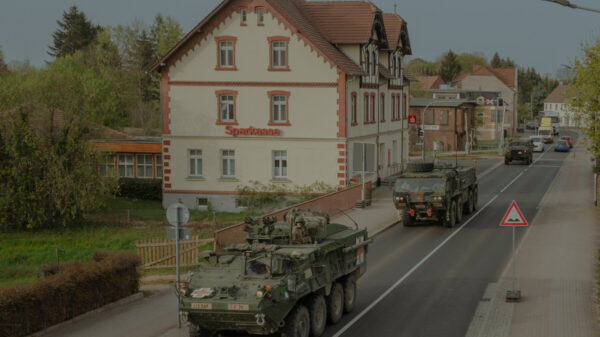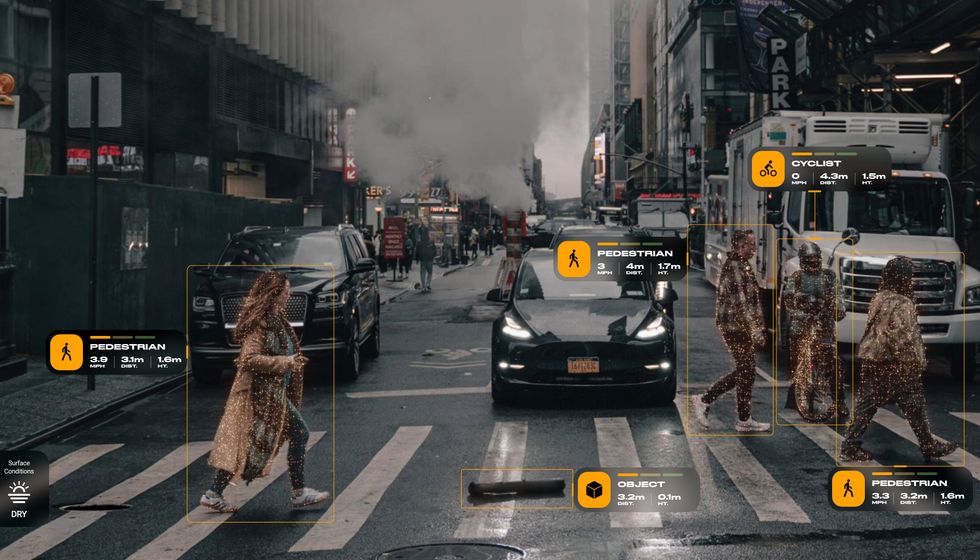A new technology, developed by the Boston-based startup Teradar, promises to enhance vehicle safety by utilizing terahertz radar, a previously underutilized part of the electromagnetic spectrum. The advancement comes in the wake of a tragedy that affected co-founder Matthew Carey, who lost a friend in a car accident caused by undetectable debris on the road. The incident highlighted the limitations of existing automotive sensors, which struggle to function effectively in challenging conditions such as fog and bright sunlight.
The terahertz imager created by Teradar aims to fill this gap. Traditional sensors like radar, lidar, and cameras have specific shortcomings: radar has difficulty detecting small objects, lidar is hindered by fog, and cameras can be blinded by glare. Teradar’s innovative sensor is designed to operate effectively under these conditions while meeting the auto industry’s requirement to detect objects at distances of up to 300 meters.
Revolutionizing Automotive Safety
Teradar’s sensor technology boasts impressive capabilities, providing 20 times the resolution of conventional automotive radar and functioning in various weather conditions at a lower cost than lidar. Carey describes it as “a superset of lidar and radar combined,” which indicates its potential to transform how vehicles perceive their environment. The company has begun testing its technology with several automakers, aiming for integration in vehicles slated for production in 2028.
The system employs a unique architecture that blends elements of traditional radar with advanced imaging technology. Teradar’s setup consists of arrays of terahertz transmitters that generate electronically steerable beams, akin to imaging chips in cameras. This innovative design allows the system to scan the surroundings without any moving parts, which is a significant advantage over lidar systems that are prone to wear and tear.
Carey notes, “It’s a sensor that has the simplicity of radar and the resolution of lidar.” Whether Teradar’s technology will ultimately replace existing systems or serve as a complementary addition depends on the decisions made by automakers.
Cutting-Edge Developments in Terahertz Technology
The progress made by Teradar is closely linked to advancements in silicon transistor technology. Modern foundries have achieved significant increases in the maximum frequency of transistors, enabling more efficient terahertz circuits and improving output power and receiver sensitivity. Ruonan Han, a professor of electrical engineering at MIT, emphasizes the importance of these developments in paving the way for the practical application of terahertz radiation in various fields, including automotive safety.
Despite the promising prospects, Han acknowledges the challenges that remain, particularly in delivering the required performance for safe autonomous driving at long distances. His lab has been focusing on the development of lightweight, low-power terahertz sensors for use in robotics and drones, indicating a broader application potential for the technology.
Teradar is also exploring uses outside the automotive sector. Carey highlights that terahertz frequencies can differentiate between normal skin and melanomas based on color variations at these wavelengths. While the company currently prioritizes automotive applications, the versatility of terahertz technology may lead to breakthroughs in medical imaging and security as well.
As Teradar continues its development journey, the potential for its technology to prevent accidents remains a critical focus. In light of a recent incident involving a Waymo self-driving car that tragically struck a cat in San Francisco, Carey reflected, “It probably would have saved the cat.” This statement underscores the urgency of enhancing vehicle safety systems, demonstrating that Teradar’s innovations could have far-reaching implications for both human and animal safety on the roads.







































































